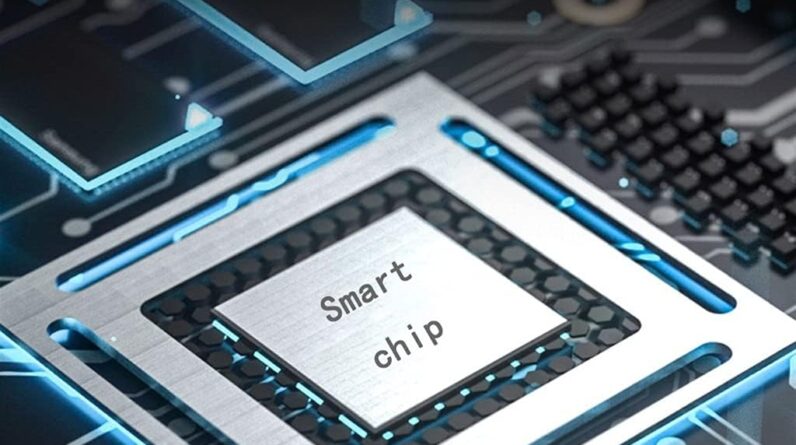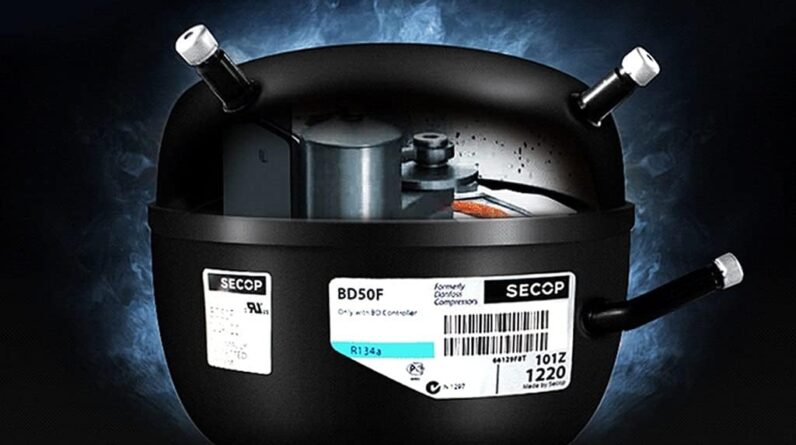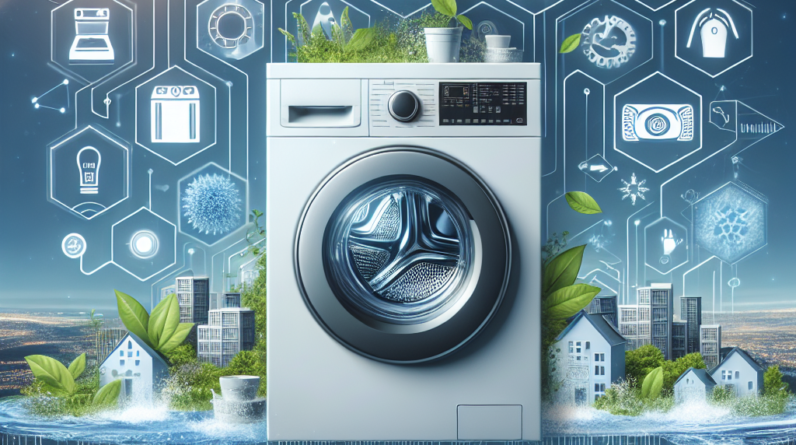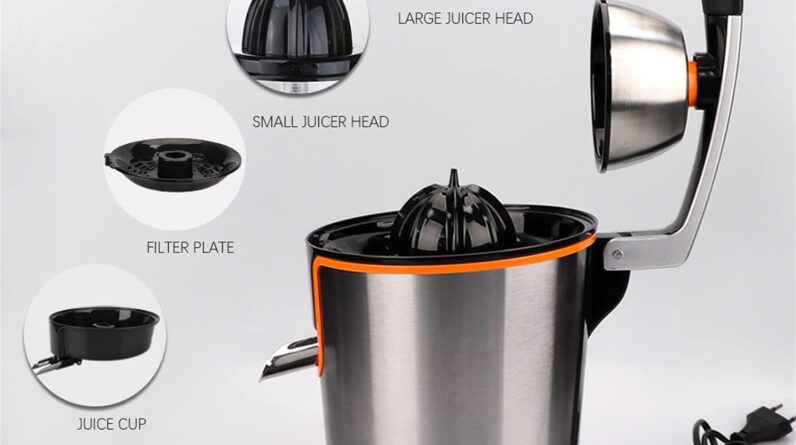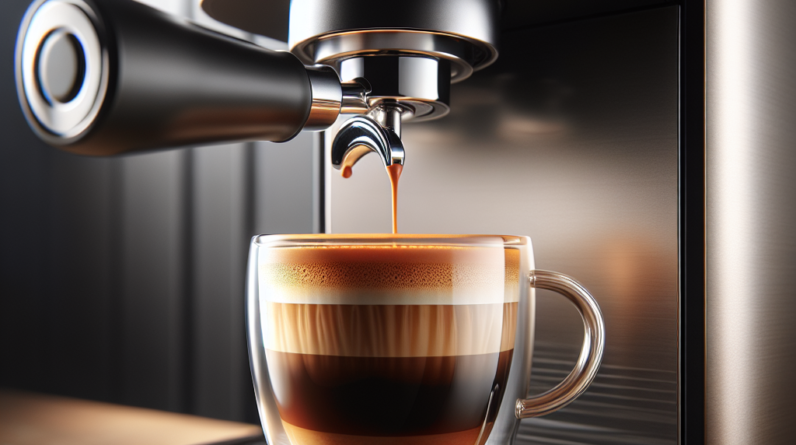
Imagine this scenario: you’ve just finished a big dinner party and are ready to relax, only to find that your dishwasher is not draining properly. Frustration sets in as you contemplate the potential causes behind this inconvenient issue. In this article, we will explore some of the most common culprits that can leave your dishwasher’s drain clogged and provide you with tips on how to restore its proper functionality. Take a deep breath, my friend, as we embark on a journey to uncover the mysteries behind your dishwasher’s lack of drainage.

Clogged Drain Hose
Kinked or Bent Hose
One of the most common causes of a dishwasher not draining properly is a kinked or bent drain hose. The drain hose is responsible for carrying the dirty water out of the dishwasher and into the plumbing system. If the hose becomes kinked or bent, it can restrict the flow of water, causing the dishwasher to not drain properly.
To check if the drain hose is kinked or bent, you’ll need to access the back of the dishwasher. Carefully pull the dishwasher out from its cabinet and examine the drain hose. If you notice any kinks or bends in the hose, try to straighten it out as best as you can. This should help to restore proper drainage.
Blocked Hose
Another common cause of dishwasher drainage issues is a blocked hose. Over time, debris such as food particles, grease, and soap scum can accumulate in the drain hose, leading to a blockage. This blockage prevents water from flowing freely out of the dishwasher, resulting in poor drainage.
To check for a blocked hose, you’ll need to disconnect it from the dishwasher and the plumbing system. Use a bucket to catch any excess water that may come out when you disconnect the hose. Once the hose is removed, inspect it for any signs of blockage. You can use a pipe cleaner or a long brush to gently remove any debris from the hose. Make sure to thoroughly clean the hose before reattaching it.
Faulty Check Valve
The check valve is a small device located at the connection between the drain hose and the dishwasher. Its purpose is to prevent water from flowing back into the dishwasher after it has drained. If the check valve becomes faulty or stuck, it can cause water to accumulate in the dishwasher and prevent proper drainage.
To check if the check valve is faulty, you’ll need to locate it. It is usually attached to the drain hose near the dishwasher. Remove the check valve and inspect it for any signs of damage or blockage. Clean the valve thoroughly and ensure that it moves freely. If the check valve is damaged, it will need to be replaced to restore proper drainage.
Clogged Air Gap
Blockage in Air Gap
An air gap is a small device located on top of the sink or countertop, next to the faucet. Its purpose is to prevent contaminated water from flowing back into the dishwasher. Sometimes, debris such as food particles or soap scum can accumulate in the air gap, causing a blockage. This blockage prevents water from flowing properly and can result in a dishwasher not draining.
To check for a blockage in the air gap, remove the cover. Use a small brush or toothpick to remove any debris stuck inside. Rinse the air gap with warm water to ensure it is completely clean. Replace the cover once you have finished cleaning.
Improper Installation
Improper installation of the air gap can also cause drainage issues in a dishwasher. If the air gap is not installed at a proper height or is not connected to the plumbing system correctly, it can cause water to accumulate in the dishwasher.
To ensure proper installation of the air gap, refer to the manufacturer’s instructions or consult a professional. The air gap should be installed at a height specified by the manufacturer, usually above the level of the sink or countertop. Additionally, the air gap should be connected to the plumbing system properly, ensuring a smooth flow of water.
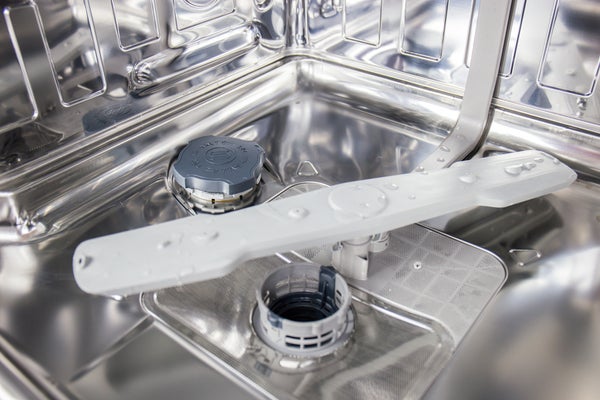
Clogged Garbage Disposal
Clogged Disposal Unit
If your dishwasher is connected to a garbage disposal, a clogged disposal unit can cause drainage issues. The garbage disposal shreds food waste, and if it becomes clogged, it can prevent proper water drainage from the dishwasher.
To check if the disposal unit is clogged, first, make sure the power to the disposal is turned off. Then, remove any visible debris or jammed food from the disposal unit using tongs or pliers. You can also use a disposal cleaner or vinegar and baking soda mixture to help break down any clogs. Once the disposal unit is clear, turn on the power and run the dishwasher to see if the drainage issue is resolved.
Faulty Disposal Unit
In some cases, a faulty garbage disposal unit can be the cause of a dishwasher not draining properly. If the disposal unit is not operating correctly, it may not be able to effectively shred food waste and allow water to drain properly.
To determine if the disposal unit is faulty, you can try running it separately without the dishwasher. If you notice any unusual noises, poor grinding performance, or water backing up into the sink, it may be a sign of a faulty disposal unit. In such cases, it may be necessary to replace the disposal unit to restore proper drainage.
Faulty Drain Pump
Blocked Impeller
The drain pump in a dishwasher is responsible for pumping out the dirty water from the dishwasher. If the drain pump’s impeller becomes blocked or jammed with debris, it can hinder the drainage process.
To check for a blocked impeller, you’ll need to locate the drain pump. It is usually located at the bottom of the dishwasher, near the filter. Disconnect the power to the dishwasher and remove the drain pump cover. Inspect the impeller for any signs of blockage and clean it thoroughly if needed. Make sure the impeller moves freely before reassembling the drain pump.
Worn Out Pump
Over time, the drain pump in a dishwasher can wear out and lose its effectiveness. This can result in poor drainage or no drainage at all.
If you suspect that the drain pump is worn out, you can perform a simple test. Disconnect the power to the dishwasher and remove the drain pump. Using a multimeter, check the continuity of the drain pump motor. If there is no continuity, it means the pump is faulty and needs to be replaced.
Faulty Motor
The drain pump motor in a dishwasher powers the impeller, which is responsible for pumping out the water. If the motor becomes faulty, it can cause drainage issues.
To check if the motor is faulty, you’ll need to perform a continuity test using a multimeter. Disconnect the power to the dishwasher and locate the drain pump motor. Test the motor for continuity, and if there is no continuity, it means the motor is defective and needs to be replaced.
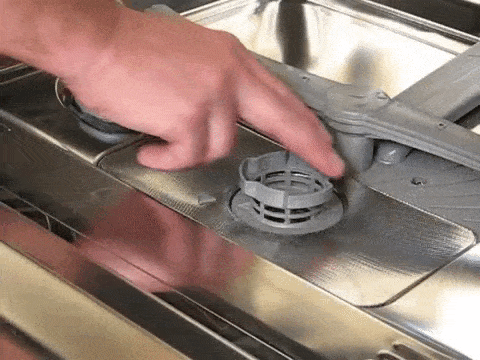
Clogged Filter
Dirty or Clogged Filter
Dishwashers are equipped with filters to prevent debris from entering the pump and drain system. If the filter becomes dirty or clogged, it can obstruct the flow of water and result in poor drainage.
To clean a dirty or clogged filter, refer to the dishwasher’s manual for specific instructions. In most cases, you’ll need to remove the filter from its housing and rinse it under running water. Use a soft brush or toothpick to remove any stubborn debris. Once the filter is clean, reinsert it back into its housing and ensure it is securely in place.
Improperly Installed Filter
If the filter is not installed correctly, it can cause drainage issues in a dishwasher. Ensure that the filter is properly aligned and securely installed in its housing. If the filter is loose or not aligned correctly, it may need to be replaced or adjusted to restore proper drainage.
Faulty Drain Solenoid
Blocked or Defective Solenoid
The drain solenoid is an electrical component in the dishwasher that controls the opening and closing of the drain valve. If the solenoid becomes blocked or defective, it may not open properly, resulting in poor drainage or no drainage at all.
To check if the solenoid is blocked, you’ll need to locate it in the dishwasher. It is typically positioned near the drain valve. Disconnect the power to the dishwasher and inspect the solenoid for any signs of blockage or damage. Clean the solenoid or replace it if necessary to restore proper drainage.
Disconnected Solenoid
If the drain solenoid becomes disconnected or loose, it can cause drainage issues in a dishwasher. Check the connection between the solenoid and the electrical wiring to ensure it is secure. If the solenoid is disconnected, reconnect it properly to restore proper drainage.

Improper Dishwasher Installation
Incorrect Hose Size
Improper installation of the dishwasher can cause drainage issues, particularly if the hose size is incorrect. If the drain hose is too small, it may not be able to handle the volume of water being pumped out, resulting in poor drainage.
To ensure proper installation, refer to the dishwasher’s manual or consult a professional. The drain hose should be the correct size and securely connected to the dishwasher and the plumbing system. If the hose size is incorrect, it may need to be replaced with the appropriate size to restore proper drainage.
Incorrect Height of Drain Hose
The height of the drain hose is crucial for proper drainage in a dishwasher. If the drain hose is too low or too high, it can result in drainage issues.
To check the height of the drain hose, refer to the dishwasher’s manual or consult a professional. The drain hose should be installed at a proper height, usually specified by the manufacturer. If the height is incorrect, adjust the hose accordingly to ensure proper drainage.
Improper Connection to Plumbing System
A dishwasher needs to be properly connected to the plumbing system for proper drainage. If the connection is not secure or leaks are present, it can cause drainage issues.
To check the connection to the plumbing system, carefully inspect the hose and the connections. Ensure that the hose is securely attached to both the dishwasher and the plumbing system. If there are any leaks, tighten the connections or replace any damaged parts to restore proper drainage.
Excessive Suds
Using Incorrect Detergent
Using the incorrect detergent in a dishwasher can result in excessive suds, which can interfere with proper drainage. Dishwasher detergent is specifically formulated to produce minimal suds, unlike traditional dish soap.
Make sure to use a dishwasher detergent that is specifically designed for automatic dishwashers. Avoid using regular dish soap or other cleaning products that can create excessive suds. Using the correct detergent will help ensure proper drainage and a clean dishwasher.
Using Too Much Detergent
Using too much dishwasher detergent can lead to excessive suds, causing drainage issues. It may be tempting to add extra detergent for extra cleaning power, but this can result in a buildup of suds that cannot be properly rinsed away.
Follow the manufacturer’s recommendations for the correct amount of detergent to use. Generally, a little detergent goes a long way, and using too much can have negative consequences. Use the recommended amount of detergent to avoid excessive suds and maintain proper drainage.

Cracked or Damaged Drain Pump
Physical Damage
A cracked or damaged drain pump can cause drainage issues in a dishwasher. Physical damage can occur due to various reasons, such as accidental impact or wear and tear over time.
To check for physical damage, visually inspect the drain pump for cracks, leaks, or any other signs of damage. If you notice any issues, it may be necessary to replace the drain pump to restore proper drainage. Contact a professional or refer to the dishwasher’s manual for assistance.
Age and Wear
Dishwasher components, including the drain pump, can wear out over time due to age and regular use. This can result in poor drainage or no drainage at all.
If your dishwasher is experiencing drainage issues and is several years old, it’s possible that the drain pump may be worn out. Consider replacing the drain pump to restore proper drainage and extend the lifespan of your dishwasher.
Faulty Timer or Control Board
Malfunctioning Timer
The timer in a dishwasher controls various functions, including the drain cycle. If the timer malfunctions, it can result in poor drainage or the failure of the dishwasher to drain at all.
To determine if the timer is malfunctioning, you’ll need to perform a diagnostic test using a multimeter. Consult the dishwasher’s manual for specific instructions on how to access and test the timer. If the test reveals that the timer is faulty, it will need to be replaced to restore proper drainage.
Defective Control Board
The control board, also known as the control panel, is responsible for operating and regulating the various functions of a dishwasher. If the control board becomes defective, it can cause drainage issues and other problems.
To diagnose a defective control board, you’ll need to perform a diagnostic test using a multimeter. Consult the dishwasher’s manual for instructions on how to access and test the control board. If the test confirms a defect in the control board, it will need to be replaced to restore proper drainage.
In conclusion, there are several common causes of a dishwasher not draining properly. These include a clogged drain hose, a clogged air gap, a clogged garbage disposal, a faulty drain pump, a clogged filter, a faulty drain solenoid, improper dishwasher installation, excessive suds, a cracked or damaged drain pump, and a faulty timer or control board. By understanding these potential issues and following the troubleshooting steps outlined in this article, you can effectively address drainage problems in your dishwasher and ensure its optimal performance. Remember to always refer to the dishwasher’s manual for specific instructions and consult a professional if needed.

